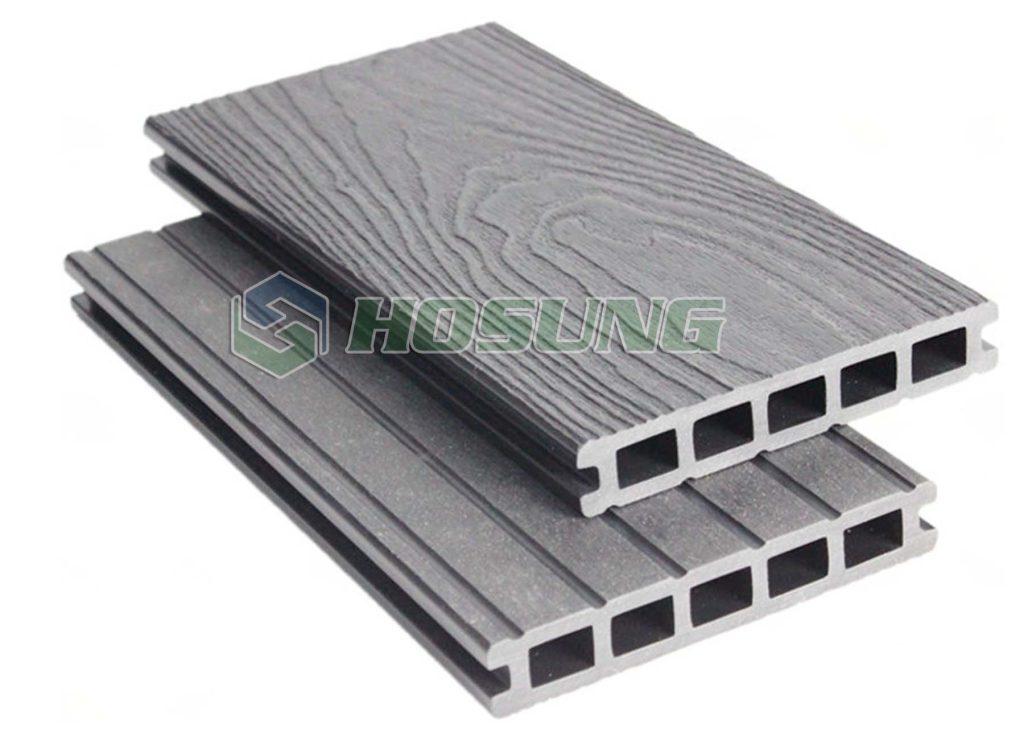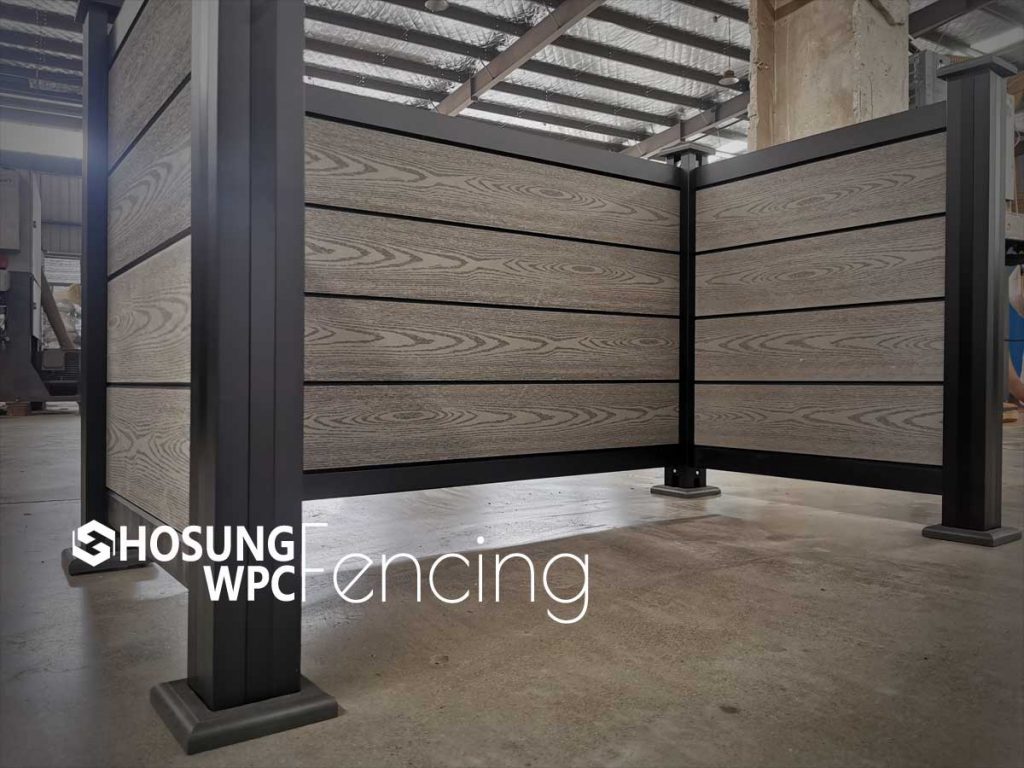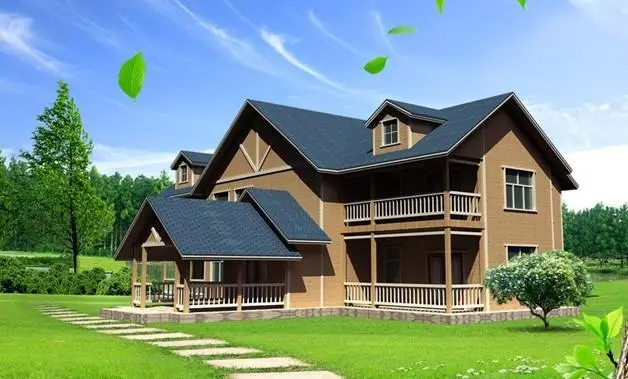When planning a decking project, one of the most important factors to consider is the lengths of composite decking boards. Composite decking is designed to be durable, low-maintenance, and visually appealing, but the size of the boards you choose can significantly impact both the look and the installation process. Different lengths of composite decking suit different applications—from compact balconies to expansive outdoor entertaining areas.
Table of Contents
In this comprehensive guide, we’ll explore the most common composite decking lengths, including 2.4m, 3m, 3.6m, 4m, 4.2m, 4.8m, 5m, and 6m lengths, as well as custom options. We’ll also cover the advantages of each length, typical applications, and tips for choosing the best size for your project.
Why Decking Lengths Matter
The length of your composite decking boards affects more than just installation—it influences:
Aesthetics: Longer boards reduce the number of joints, creating a cleaner and more seamless appearance.
Material Efficiency: Choosing the right length minimizes cutting waste.
Structural Fit: Decking must align with the frame structure, making length compatibility crucial.
Cost and Transport: Longer boards may cost more and require special delivery arrangements.
By understanding standard composite decking lengths, you can make informed choices that enhance both function and style.

Standard Lengths of Composite Decking
Composite decking manufacturers typically provide a range of standard lengths. Below, we break down each size, its advantages, and best use cases. Choosing the correct board size is more than a matter of convenience—it also impacts the aesthetics, cost-efficiency, and long-term durability of your project. Each length has unique benefits and limitations depending on the space, design style, and installation method.
Composite Decking 2.4 m Lengths
Best for: Small patios, balconies, DIY projects, and compact outdoor spaces.
Advantages:
Lightweight and easy to handle, which makes them perfect for beginners or DIY enthusiasts working without professional installation crews.
Ideal for urban homes with limited outdoor space, especially where maneuverability in stairwells or elevators can be challenging.
Great for intricate patterns such as herringbone, chevron, or basket weave designs where shorter lengths are easier to arrange and cut precisely.
Lower transportation costs compared to longer boards because they can fit in standard delivery vehicles.
Limitations:
Requires more joins in larger areas, which can slightly disrupt the seamless look of a deck.
More labor-intensive when covering a wide area, as additional fixing points are needed.
Use Case Example: A city apartment balcony where maneuverability is limited. In such tight spaces, longer boards may be difficult to carry up stairs or elevators. The 2.4m size allows easy installation while still achieving a polished result. Many homeowners also use this size for garden walkways or rooftop terraces where long boards would be impractical.
Composite Decking 3m Lengths
Best for: Medium-sized patios, garden pathways, and DIY-friendly installations.
Advantages:
More manageable than longer boards, striking a balance between coverage and ease of handling.
Versatile for both residential and light commercial projects such as café terraces or small office courtyards.
Reduces joins compared to 2.4m decking, making the finished surface look more streamlined.
Easier to cut on-site if the deck has irregular shapes or multiple corners.
Limitations:
Still may require joins in larger decks, especially in areas where a seamless finish is desired.
Not always the most cost-efficient option for very large decks where fewer, longer boards would reduce installation time.
Use Case Example: A suburban backyard seating area with a 3m span. Here, 3m decking boards can cover the space efficiently without creating too much waste. This length is also a good option for homeowners building a raised platform for barbecues, pergolas, or hot tub bases.
Composite Decking 3.6 m Lengths
Best for: General residential decking projects, popular across the UK, US, and Australia.
Advantages:
A standard length widely available from suppliers, making it one of the easiest options to source.
Balances ease of handling with fewer joins, providing a smoother finish than shorter boards.
Perfect for small to mid-sized family decks where a classic rectangular layout is preferred.
Compatible with most common deck frame dimensions, reducing the need for custom adjustments.
Limitations:
Longer than 3m, but may still need joins for larger decks, particularly when aiming for a “continuous plank” effect.
May require two people for installation in tighter spaces due to weight and length.
Use Case Example: A 3.6m x 3.6m backyard deck that fits perfectly with minimal cutting. Many homeowners find this length ideal for garden decks that connect to sliding patio doors, providing a smooth transition between indoor and outdoor living spaces.
Composite Decking 4m Lengths
Best for: Larger decks and outdoor entertainment areas.
Advantages:
Fewer visible joints, creating a clean and modern look that enhances the overall visual appeal of the deck.
Works well with rectangular deck layouts, especially those designed to accommodate outdoor dining or lounge furniture.
Ideal for creating symmetry in longer spans, ensuring that the decking boards run in a consistent direction without breaks.
Saves time during installation since fewer boards are required to cover large areas.
Limitations:
Heavier and may require two people to install, which can increase labor costs for DIYers.
Not as flexible for small or oddly shaped areas where shorter boards might create less waste.
Use Case Example: A 4m wide patio where full-length boards span seamlessly from edge to edge. This size is also highly popular for pergola bases and covered porches, where a balance of strength and aesthetics is key.
Composite Decking 4.2 m Lengths
Best for: Custom-sized decks, pergola bases, and slightly extended areas.
Advantages:
Offers flexibility when 4m isn’t quite enough to cover a space, reducing unnecessary joins.
Reduces cutting waste in certain layouts, saving both materials and installation time.
Provides a niche solution for architects and builders who need exact measurements without compromise.
Limitations:
Less common than 3.6m or 4m, so availability may vary depending on supplier.
Can be slightly more expensive due to its less frequent production.
Use Case Example: A 4.2m wide poolside deck where precise sizing avoids unnecessary cutting. This length is also useful for semi-commercial projects such as boutique hotel terraces, where a clean, custom look is essential.
Composite Decking 4.8 m Lengths
Best for: Larger homes, pool surrounds, and seamless modern decks.
Advantages:
Long enough to cover extended spans without interruption, reducing the number of joins.
Creates a sleek, continuous surface that enhances contemporary outdoor designs.
Popular for pool surrounds, where longer boards emphasize luxury and openness.
Reduces long-term maintenance since fewer joins mean fewer potential weak points.
Limitations:
Heavier to handle, making installation more demanding. At least two installers are typically required.
Can be awkward to transport, requiring larger vehicles or special delivery.
Use Case Example: A pool deck using 4.8m long decking boards for a luxury look. The length helps create an uninterrupted line around the pool edge, complementing modern landscaping features such as glass balustrades or stone paving.
Composite Decking 5 Metre Lengths
Best for: Expansive decks, commercial areas, and high-end residential projects.
Advantages:
Minimizes joints significantly, delivering a premium appearance.
Perfect for modern, minimalist outdoor designs where clean lines are key.
Enhances visual flow across large spaces such as restaurants, resorts, or rooftop terraces.
Increases structural stability by spanning greater distances with fewer boards.
Limitations:
Requires strong subframe support to prevent sagging or deflection.
Special transport may be necessary due to the extra-long size.
Use Case Example: A large 5m x 10m rooftop terrace where full-span boards create elegance. This size is especially desirable for luxury homes with wide outdoor entertaining areas, ensuring a flawless finish without visible seams.
Composite Decking 6m Lengths
Best for: The longest standard boards—ideal for extra-large decks, resorts, and commercial builds.
Advantages:
Longest length of composite decking commonly available, making it the best choice for maximizing continuity.
Almost eliminates visible joins in large spaces, enhancing visual appeal.
Excellent for statement outdoor areas such as beachfront resorts or luxury villas.
Fewer joins mean fewer areas for water or dirt accumulation, extending deck lifespan.
Limitations:
Heavy and challenging to maneuver, requiring multiple installers or special equipment.
Requires a strong, well-engineered substructure to support the extra span.
May not be practical for smaller residential projects due to handling and transport issues.
Use Case Example: A luxury villa with a 6m wide decking area overlooking the sea. The seamless boards provide a sophisticated finish that complements large, open architectural designs.
Other Available Lengths of Composite Decking
While 2.4m–6m are the most common, some manufacturers also offer custom lengths such as 2.7m, 3.3m, or 5.4m to match specific construction needs. These intermediate sizes can be extremely useful when a standard board would leave too much waste or too many joins. Custom lengths may reduce waste and installation time, but they often require special orders, which can increase cost and lead time. For high-budget projects or unique architectural designs, custom lengths can be the perfect solution to achieve precise alignment without compromise.
Comparing Different Lengths
| Length | Best For | Key Advantage | Limitation |
|---|---|---|---|
| 2.4m | Small balconies | Easy handling | More joins |
| 3m | Medium patios | DIY-friendly | Joins in large areas |
| 3.6m | Residential decks | Widely available | Not seamless for large decks |
| 4m | Entertainment areas | Fewer joins | Heavier |
| 4.2m | Custom sizes | Precision fit | Limited availability |
| 4.8m | Pool surrounds | Sleek look | Heavy |
| 5m | Large terraces | Minimal joins | Requires transport planning |
| 6m | Resorts & villas | Longest standard option | Handling difficulty |
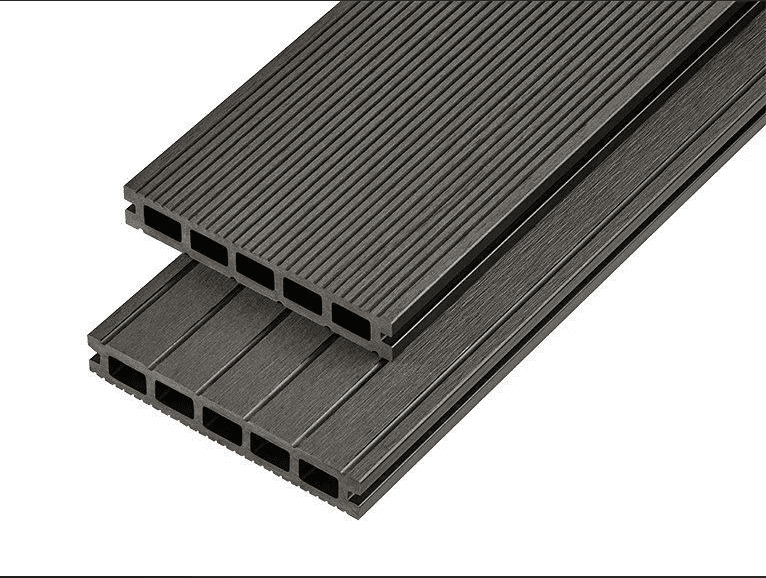
Choosing the Right Length of Composite Decking
When deciding which length to use, consider:
Deck Size – Match the board length to your deck dimensions for fewer cuts and waste.
Installation Crew – Shorter boards are easier for DIYers, while longer boards may require professional installers.
Aesthetic Preferences – Longer boards create sleek, continuous lines; shorter boards work well for patterns.
Budget & Transport – Longer boards may cost more and require special delivery arrangements.
Waste Minimization – Choosing lengths close to your deck dimensions reduces offcuts.
Tips for Working with Long Composite Decking Boards
Plan Ahead: Measure your deck carefully before ordering.
Support the Boards: Longer boards need a stronger substructure to prevent sagging.
Consider Expansion Gaps: Composite expands and contracts with temperature; longer boards require proper spacing.
Installation Team: Always have at least two people handling boards over 4m.
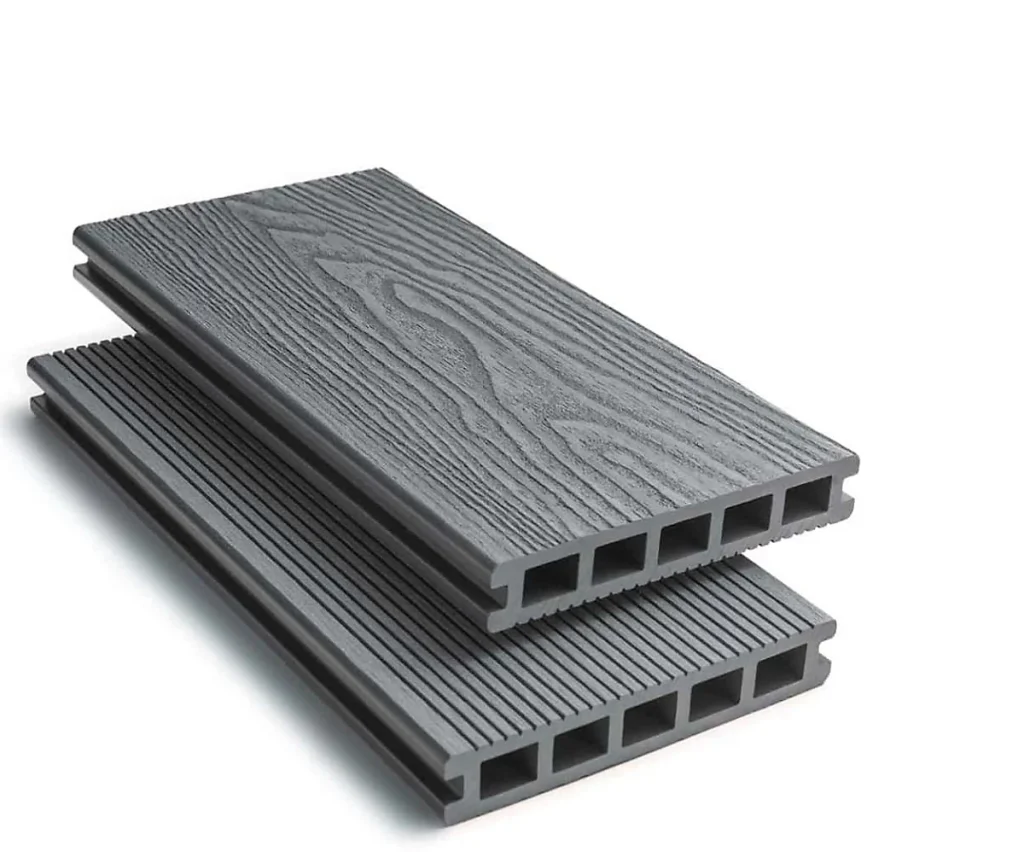
Conclusion
Selecting the right lengths of composite decking can make your project smoother, more efficient, and more visually appealing. From 2.4m lengths ideal for compact patios to 6m lengths that create expansive luxury decks, there’s a size for every project.
Whether you’re building a small DIY balcony deck, a family patio, or a resort-style terrace, the right decking length ensures fewer joins, less waste, and a professional finish. Always balance practicality with design goals, and consult your supplier about availability and transport considerations.
With careful planning, your composite decking project will not only look stunning but also stand the test of time.
Want to customize length of composite decking? Welcome to contact Hosung!

